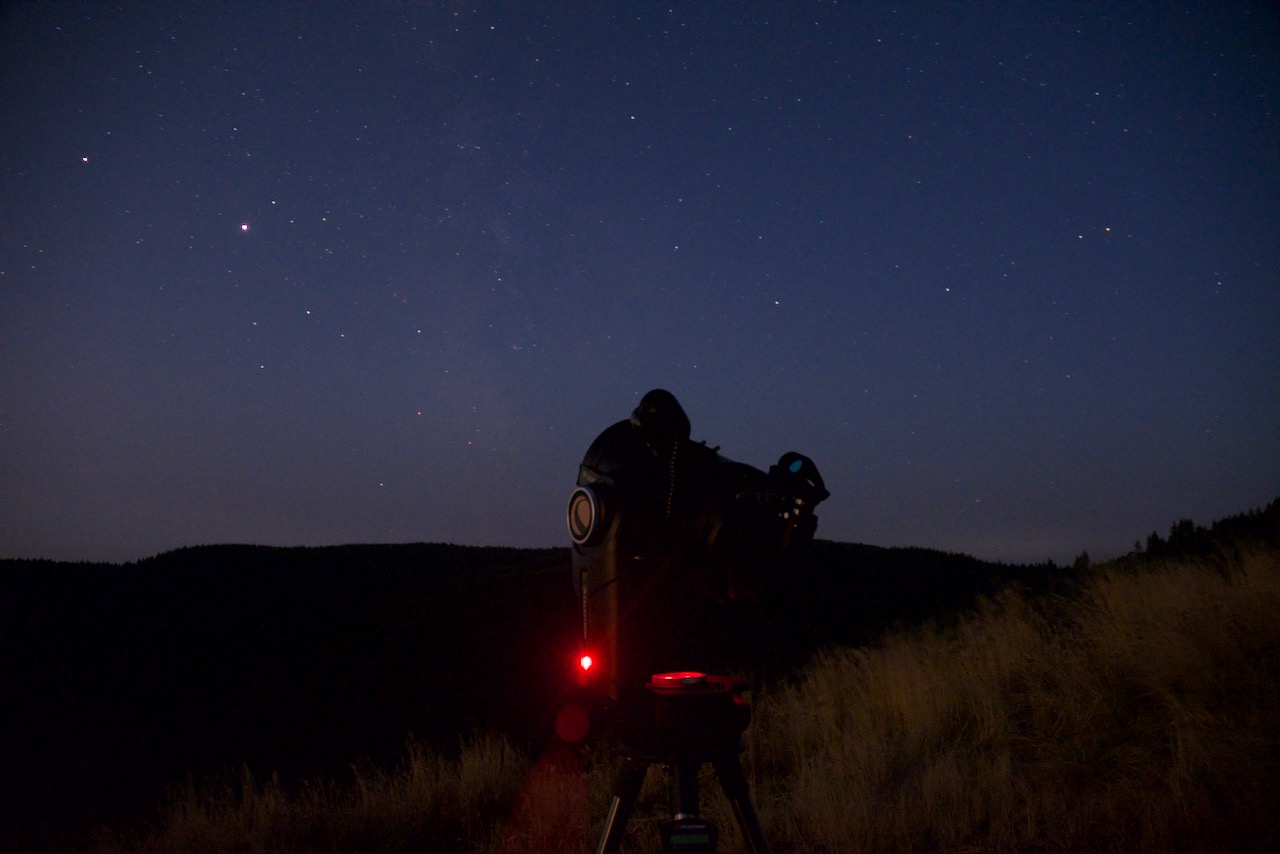I have a Celestron Nexstar Evolution alt/az as my “grab-and-go” mount. It’s got a rechargeable battery for operation anywhere, and for visual or planetary imaging, it’s great. Amazing even. It is super simple to use, and relatively portable. I have actually attached this mount and tripod to a backpack and scrambled up scree fields to set up at the top of a butte. Celestron’s “solar system align” routine is as simple as finding a target and hitting a button. I can go from ZERO setup to planetary/lunar/solar imaging in about 60 seconds.

Deep sky is a different story. As every single person on Cloudynights.com will tell you, alt/az mounts can’t be used for deep sky astrophotography. Don’t argue with them. They are angry old men, and if you push too hard they’ll yell at you to get off their lawn.** But then you’ll then learn that alt/az mounts can be polar aligned and used for deep sky astrophotography with an equatorial wedge. You’ll then learn that everyone hates equatorial wedges. I’m here to tell you: they work and can be used for deep sky astrophotography, and there are plenty of folks out there doing it successfully.
Back to the mount. The motors and brass worm gears in the newer Nexstar mounts work just fine, and most of the complaints about using a wedge relate to two things that are relatively easily overcome. First, lateral balancing with the single-arm Nexstar is relatively easy because the optical tube can move freely up and down the full length of the mounting plate. You also don’t have to worry too much about hitting the mount with the camera when operating on a wedge. Second, there are heavy-duty tripod and mount options available. They are large and relatively expensive, but rock solid performers. I have the Celestron CPC 1100 tripod with a HD Pro Wedge. It is built like a tank and provides a very stable imaging platform.
Are you going to do 10 minute exposures on this setup? No. Vertical balancing is a challenge for sure, and the payload on the Evolution is limited. But, even loaded with camera and reducer, I can get pinpoint stars, unguided, up to 60 second exposures and a bit beyond. When guided, 2 minute exposures are well within range. For a simple, quick setup in the field, with no need to plug anything in as long as the mount and your laptop are charged, it’s great.

To summarize here: if, like me, you got an Evolution thinking you wanted to do lots of visual with a little bit of solar system imaging, then got totally hooked on deep sky, a wedge is a “cheap” gateway drug. Eventually, though, you will be pulled into the equatorial world. So, if this is a hobby you think you’re going to take seriously at all, do what almost everyone recommends: don’t skimp on the mount.
**The vast majority of folks on Cloudy Nights are super helpful and nice, and it’s a wonderful community and resource. Like every corner of the internet, however, the crusty jerks (who must be insufferable mansplainers to the poor women in their lives) show up occasionally. Just ignore them when they do.

